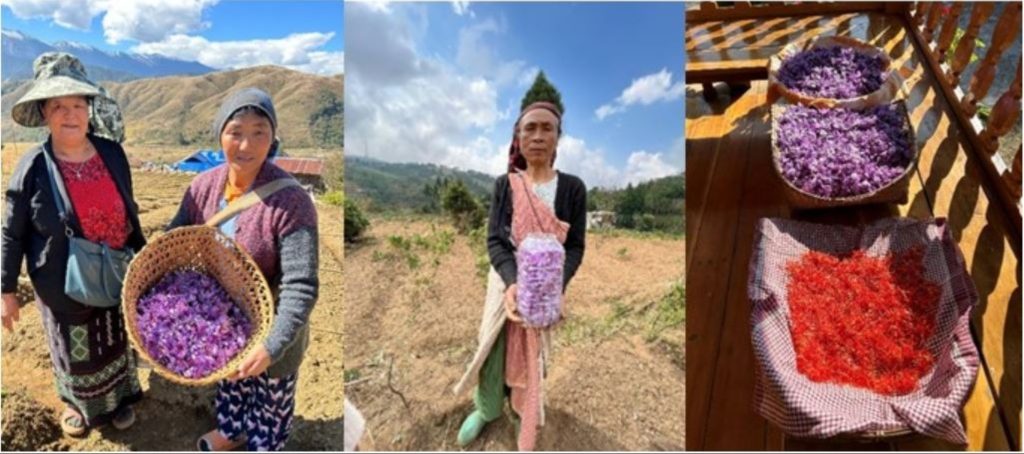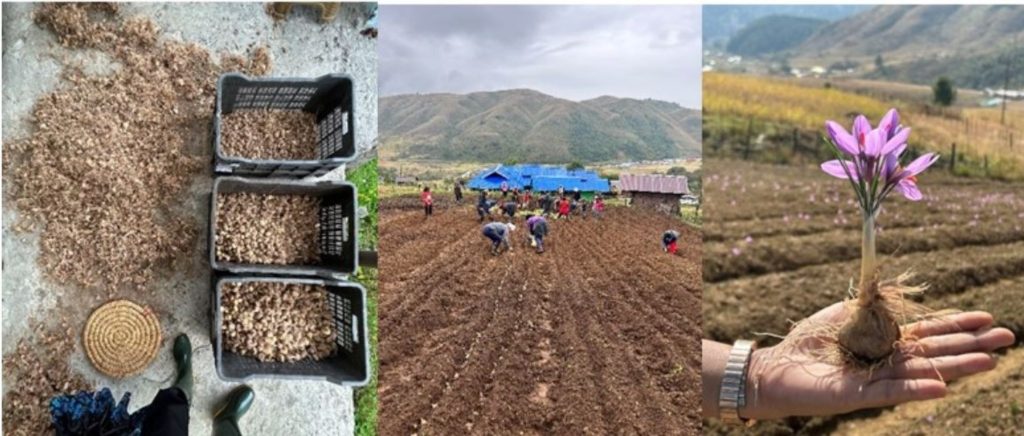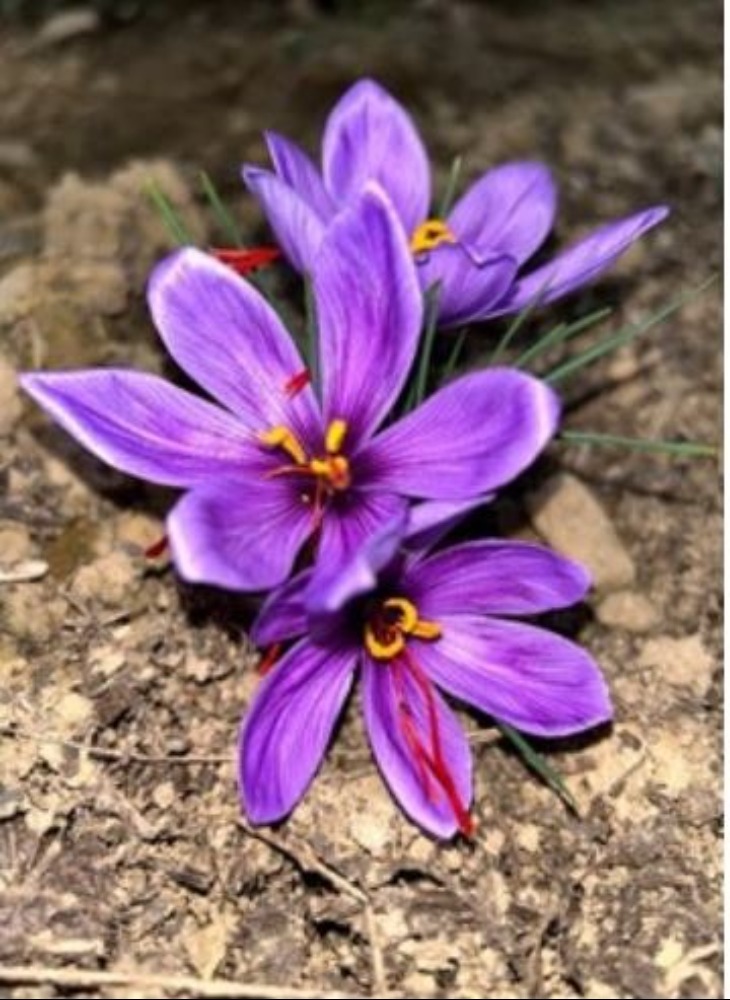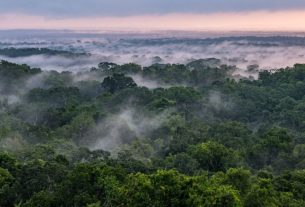Unlike traditional political or social revolutions, this movement doesn’t involve protests or political upheavals; instead, it revolves around a shared passion for a particular color – purple.

A total of 15 cultivation sites were identified in four NER states –. Arunachal Pradesh, Meghalaya, Mizoram, and Sikkim following individual land surveys meticulously assessing the related parameters specific to saffron cultivation and comprehensive studies of the potential sites conducted by cross- referencing through desktop studies and Geospatial techniques with the geographical and climatic parameters of Pampore region of Kashmir as standard reference. To subscribe please click tau.id/2iy6f and access our live channel.
ALSO READ: COVID virus’s protective switches for Immune system
The ‘Purple’ Flower
Purple flowers of saffron plant are now blooming in Arunachal Pradesh, Meghalaya, Mizoram, and Sikkim – thanks to identification of suitable sites with the geographical and climatic parameters of Pampore region of Kashmir as standard reference for the plant using Geospatial techniques.
The Purple or Lavender Revolution was launched in 2016 by the Union Ministry of Science & Technology through the Council of Scientific & Industrial Research’s (CSIR) Aroma Mission. Lavender cultivation is practiced in almost all the 20 districts of Jammu & Kashmir.
Under the mission, first-time farmers were given free lavender saplings, while those who had cultivated lavender before were charged Rs. 5-6 per sapling. Aromatic Plants include lavender, damask rose, mushk bala, etc.
The Revolution
In a charming town nestled in the beautiful landscapes of Jammu and Kashmir, a unique and vibrant movement called the ‘purple revolution’ has taken place. This movement began when farmers decided to cultivate lavender, a fragrant and colourful plant, on the slopes of the region.

Now, the momentum of this revolution is growing stronger as scientists from the CSIR-Indian Institute of Integrative Medicine delve into the study of lavender’s medicinal properties. In a town that has been lovingly nicknamed ‘Lavender Valley’ due to the enchanting sight of its hills adorned with rows of vibrant purple flowers, a groundbreaking opportunity awaits the local farmers.
The pilot cultivation was carried out in collaboration with state govt. departments under one umbrella to execute “Mission saffron”. The cultivation sites have been categorized as high potential sites that showed flowering accompanied by greater than 50% corm survival rate and multiplication rate of daughter corms; medium potential sites that showed flowering, corm survival and multiplication rate between 10-20% and low potential sites for sites showing low flowering rate with no multiplication of daughter corms.
The Result
Positive results from the pilot cultivation in terms of flowering, corm survival rate and multiplication of daughter corms paved a way to carry forward the project on a larger scale for the year 2023-24. Currently, large scale cultivation is ongoing in two locations which are Menchukha in Arunachal Pradesh and Yuksom in Sikkim with approximately 10 quintals of saffron corms in both the site.
A total of 64 farmers (22 in Sikkim, 37 in Arunachal Pradesh and 5 in Meghalaya) are now reaping the benefits from NECTAR’s saffron cultivation project. As of the first week of November, approximately around 37000 plus flowers were seen blooming. As saffron flowers spread at least 200 grams of dried saffron is expected from the region this season.
Use of the Flower
Main product is Lavender oil which sells for at least Rs. 10,000 per litre. Lavender water, which separates from lavender oil, is used to make incense sticks. Hydrosol, which is formed after distillation from the flowers, is used to make soaps and room fresheners. Its dominantly used in luxurious industries.
Apart from widely used in the textile and cosmetic industry, Saffron is a rich source of several bioactive compounds such as crocin, picrocrocin and safranal which renders several therapeutic properties like anti-convulsive, anti-cancer, anti-diabetic, anti-depressant, anti- psoriasis, anti-seizure, anti-nociceptive, anti-inflammatory, anti-genotoxic and hypolipidemic.




